As national-level funding is being cut, Idaho sportsmen buck the trend and take a collaborative stand to fund fish and wildlife management
As hunters and anglers across the country attempt to contemplate the cuts that may be coming for programs that benefit sportsmen and healthy habitat, it is easy for us to become discouraged and angry.
The 12 percent cut at the Department of Interior, for example, would trim $1.5 billion in funding to the agencies largely responsible for public lands. The U.S. Department of Agriculture budget would be cut by 21 percent, or $4.7 billion, and the Environmental Protection Agency budget would be cut by 31 percent, or $2.6 billion.
The numbers are straightforward, but the long-term damages to our shared pastime are hard to cogitate, especially for sportsmen, a user group that takes pride in helping pay the bills for the North American Model of Wildlife Conservation.
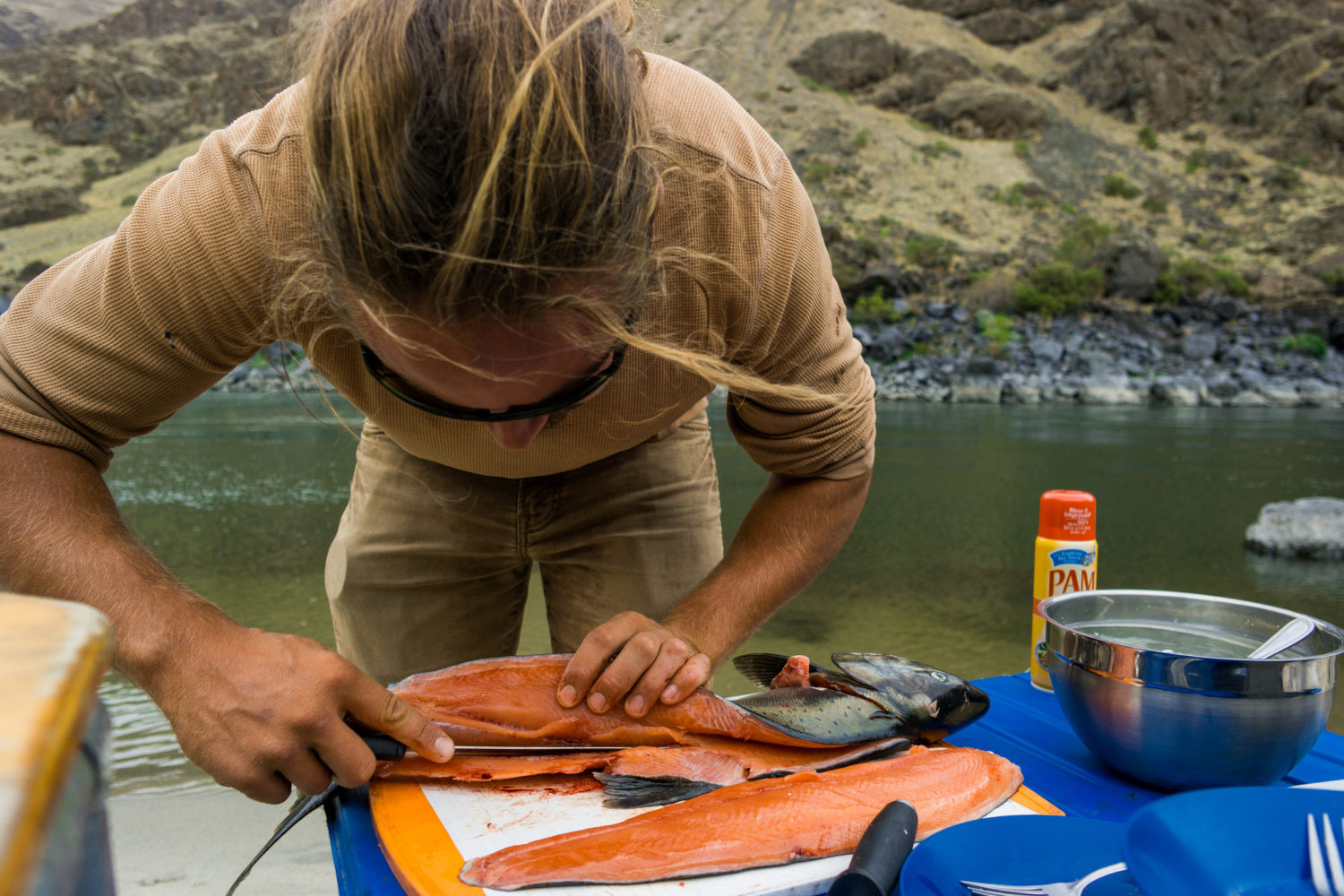
It is particularly hard to stomach here in Idaho, where sportsmen have voluntarily stepped up to the plate to increase fees on themselves for the greater benefit of our wildlife.
On March 17, the Idaho Senate unanimously approved a fee increase on hunters and anglers, the first undivided vote of its kind. If the bill is signed by Gov. Butch Otter, as expected, the fee increase will include a $5 fee on all licenses which will be used to pay for crop losses that come with healthy game herds. It will also mean that occasional license buyers, those who don’t buy a license or tag annually—would be charged 20 percent more. Die-hard hunters would be rewarded by being spared the additional cost.#Idaho's #originalconservationists willing to spend more to benefit fish & wildlife Click To Tweet
Also in the mix, there is a new account created by Fish and Game to help buy access for hunters and anglers. Basically, unspent depredation funds will benefit hunters and anglers in the end.
Twelve years in the making, the fee bill seemed dead on arrival in February, when Rep. Marcus Gibbs said he wouldn’t address a fee increase unless the bill made concessions to ranchers who were suffering heavy damage from extreme winter weather. Officials with Idaho Department of Fish and Game used his argument to craft a compromise with the Farm Bureau: help addressing depredation in exchange for the fee increase.
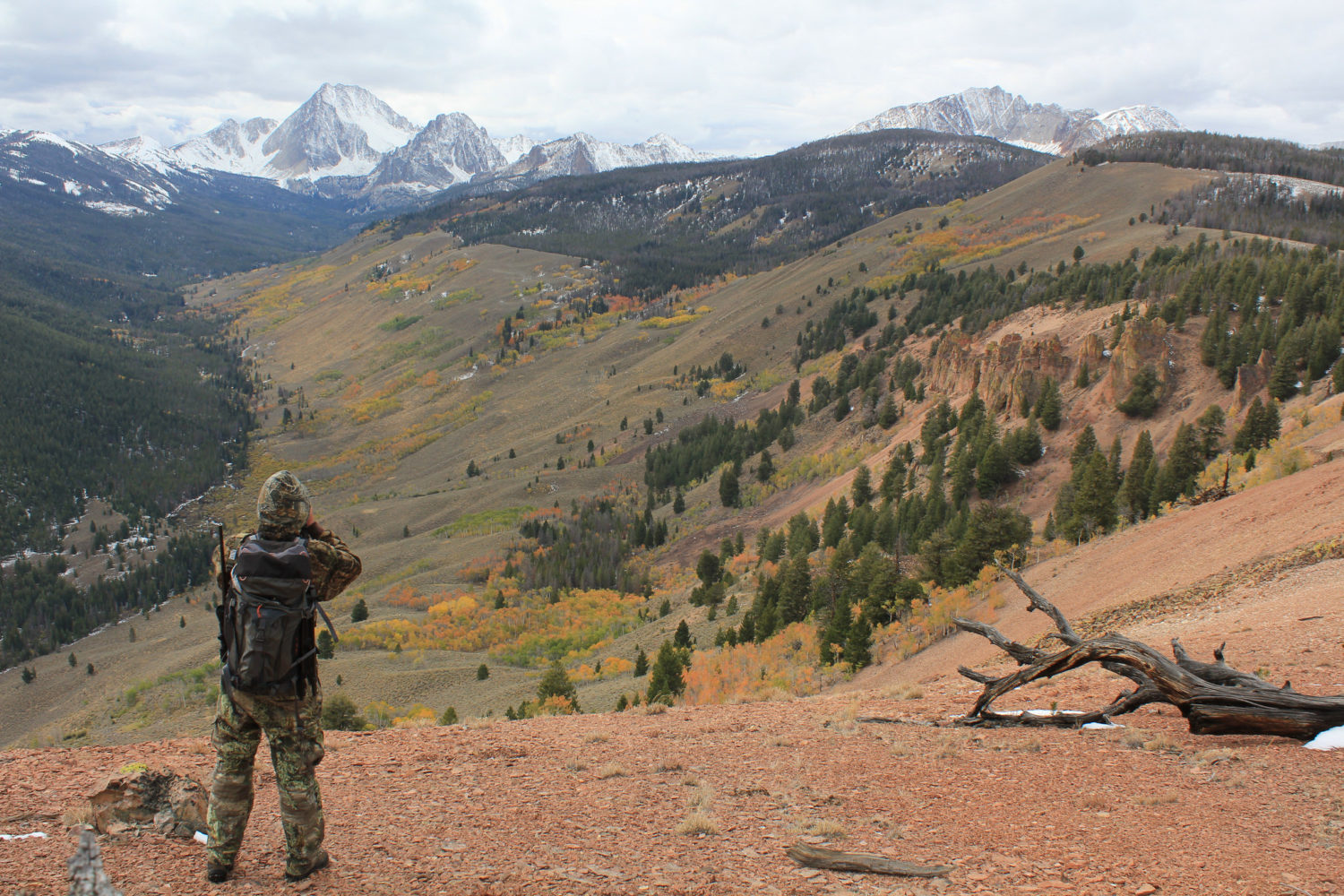
The work on the fee bill is less visible than the show of sportsmen might at a Public Lands Rally in Boise earlier this month, but it is more earth-shattering. The Idaho Farm Bureau and hunters and anglers of every stripe joined together to bring much needed financial relief to the wildlife department, which hadn’t had a resident fee increase since 2005. And, overcoming decades of animosity, the Idaho legislature finally gave cash-strapped wildlife managers a dose of critical revenue, while also addressing the complaints of ranchers who suffer when hungry elk, deer, and pronghorns raid their crops or haystacks.
The win represents seismic shifts in Idaho politics, and we will all benefit for decades to come.
Now sportsmen nationwide need to jump into the fray. President Trump’s budget outline is more mission statement than fiscal policy. We need to be heard as Congress, the true holders of the purse strings, contemplates Trump’s vision. Habitat and wildlife funding is crucial—so important that sportsmen are consistently willing to tax themselves to contribute more. We can only hope that Congress looks at the most recent example in Idaho as constituents again show their support and willingness to fund things that matter, not take funding away.

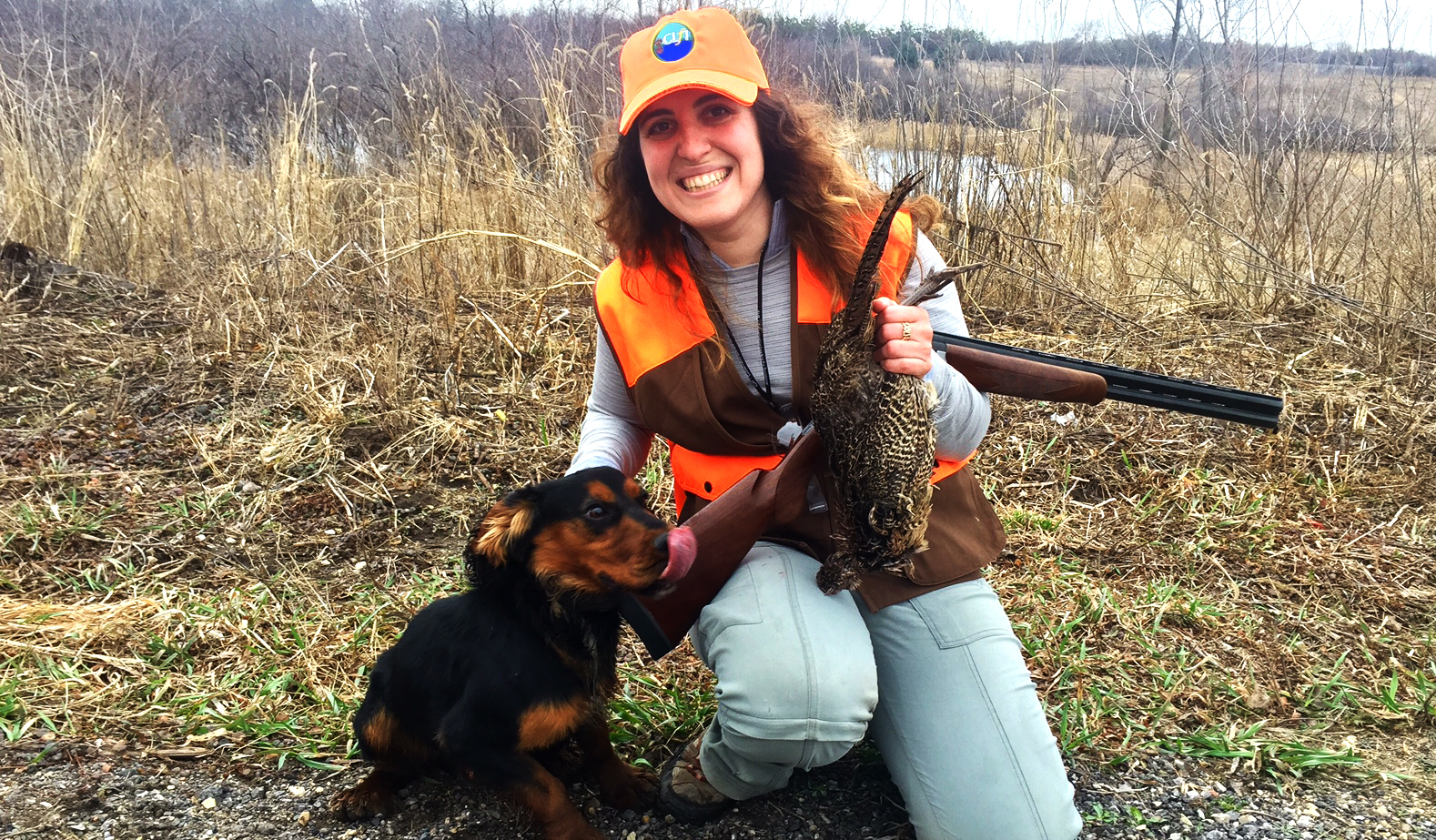
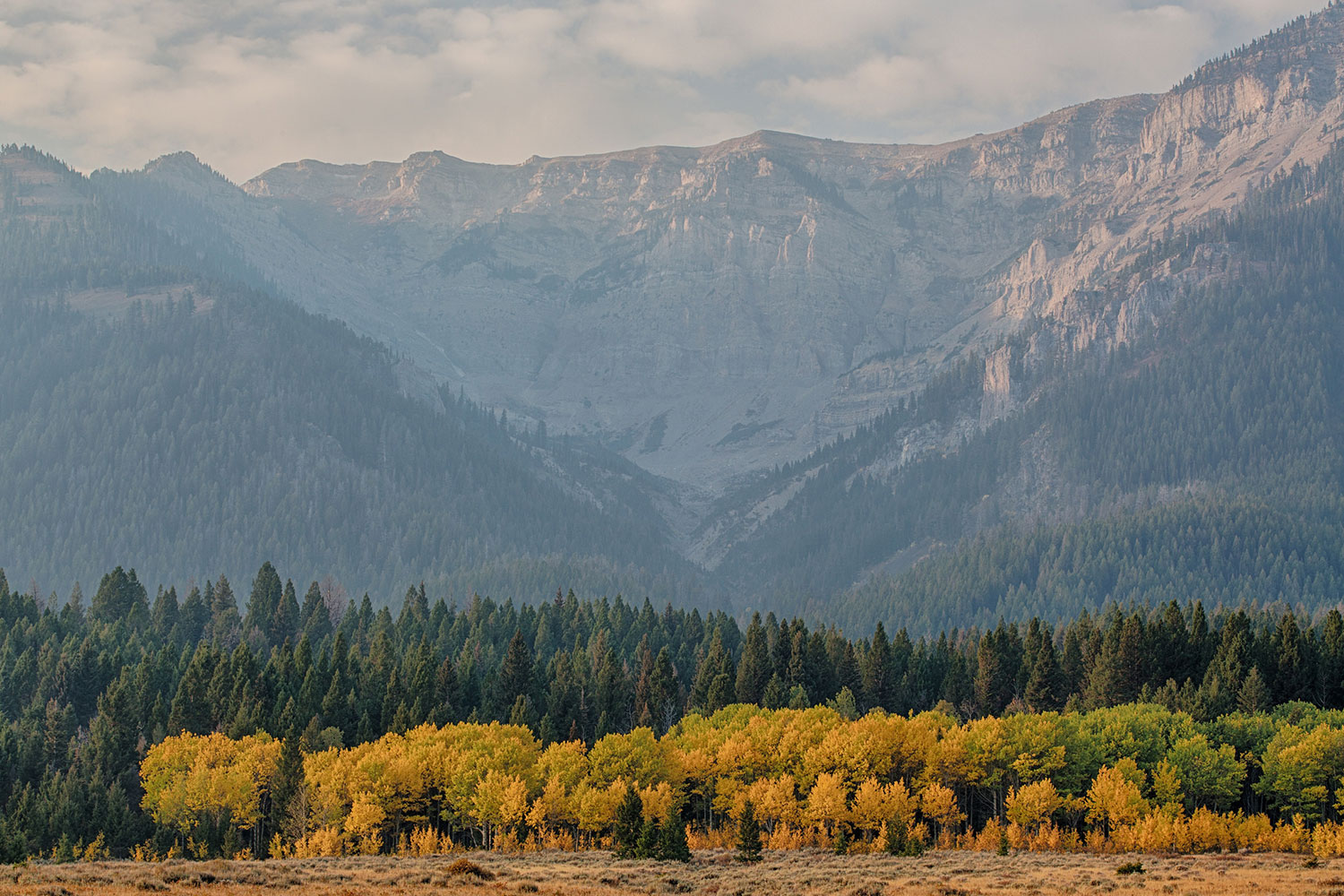
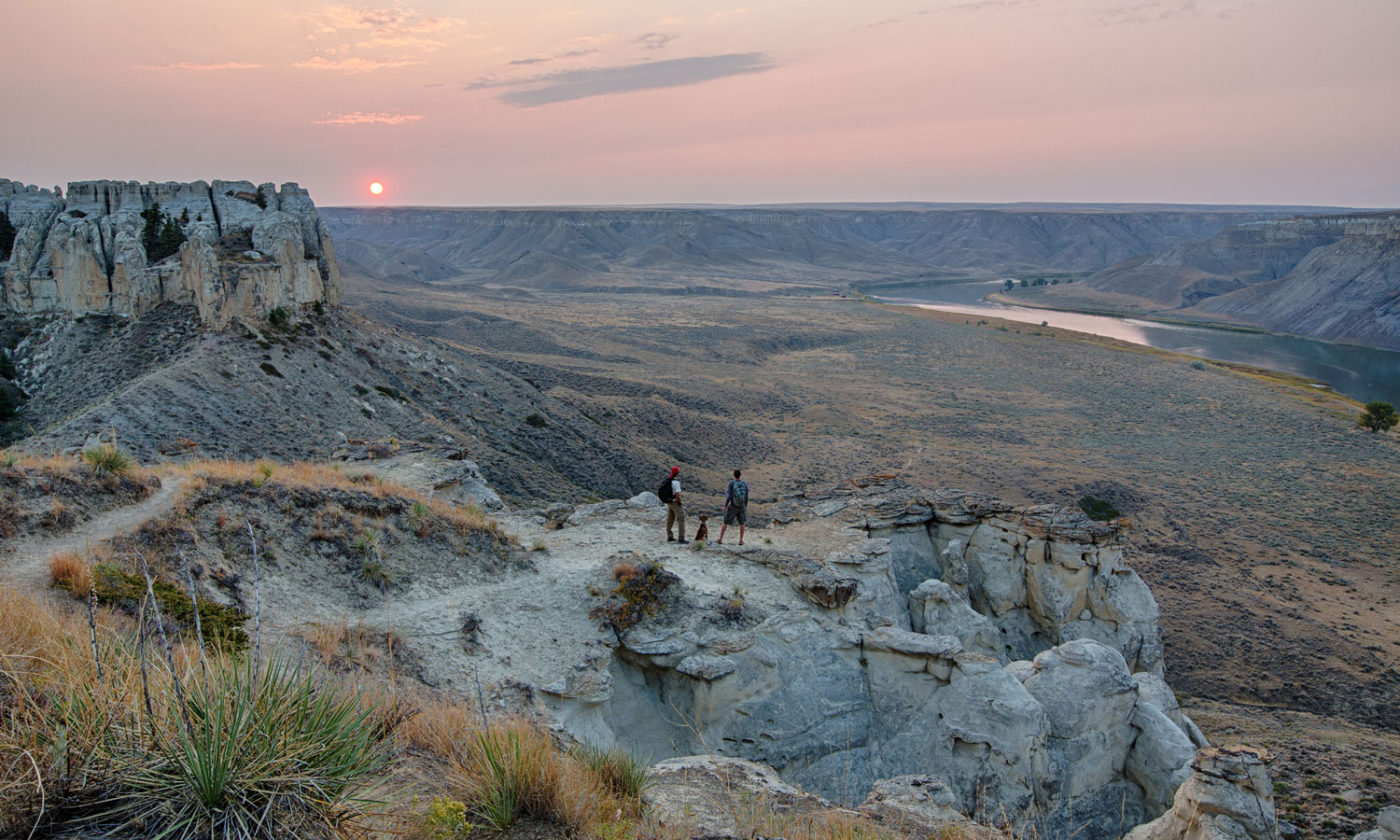




Idaho setting a great example for the rest of the country. Hunters and anglers need to stand up and be counted.
As a sportsman, conservationist, hunter and angler I support raising funds for our cause and always have for the last 60 years. However, I am troubled by any sportsman group, magazine or organization that asks for support while not shouting from the roof top just how bad this president and the republican party have become for our cause and sport. While at the same time gutting programs like health care for the largest percentage of your supporters who are also the oldest group in the sportsman category. Once again we as a group seem to be our worst enemy. Trump and the people cutting all these budgets got the support of many hunters and sportsman simply because he claims to support the 2nd amendment. So do I, but there is more to our sport than allowing everyone the nra thinks should own a gun to buy one. I for one do not hunt with unstable people carrying a gun if I can help it. I also think it is hypocritical to preach gun safety and give one to anyone who can walk in and buy one. I know I covered several areas here but the point is this. We will not survive if we don’t demand that our leaders use good judgment and common sense and we must hold all parties accountable or make an example of them to our rank and file. We are not stupid or weak so lets not allow bullies to control us.
It should be left to hunters and sportsman to pay for hunting and fishing conservation, not every tax payer. I understand that tax payers should pay some but sportsman should bare the brunt of the bill.
Maybe it is time for sportspeople to pressure crud-gress (congress) to levy a surcharge on national park and monuments admission fees and/or a national public lands access stamp required for all people entering public lands for recreational purposes (campers,hikers,birders,photographers etc as well as sportspeople. The fee/surcharge would go into a dedicated fund to purchase rights-of -way to landlocked public lands and other purposes such as trading isolated blocks of land for private parcels to improve habitat or access etc.
I’m a 40 year resident of Wyoming and think we sportsman here should follow Idaho and help fund WG&F.
Many thanks once again for sportsmen and women. It would certainly be a better day if many of those same folks and our friends at the NRA realize and understand that their steadfast support of politicians at all levels who continually degrade wildlife, habitat, hunter access and public lands would seriously question the choices that they make at the ballot box and what those choices cost us who love the outdoors.